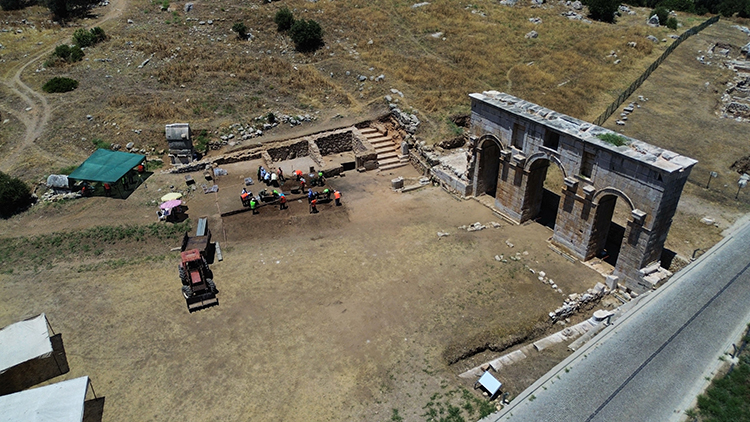
2,000-Year-Old Shops and Stoa Unearthed in Patara, the Capital of the Ancient Lycian League
Archaeologists have uncovered a remarkable new section of the ancient city of Patara, located in Türkiye’s Antalya province, revealing a series of 2,000-year-old shops and a stoa (colonnaded walkway) near the city’s monumental gate. Once the capital of the Lycian League, one of the earliest known democratic federations in history, Patara continues to captivate with

1,500-Year-Old Baptistery Unearthed in Ancient City of Tyana
Ongoing excavations in the ancient city of Tyana, located in Kemerhisar town of Bor district in Niğde, Türkiye, continue to reveal stunning insights into the region’s rich historical heritage. The latest discovery is a remarkably well-preserved baptistery believed to be over 1,500 years old. Part of Türkiye’s “Heritage for the Future” Initiative Archaeological work at
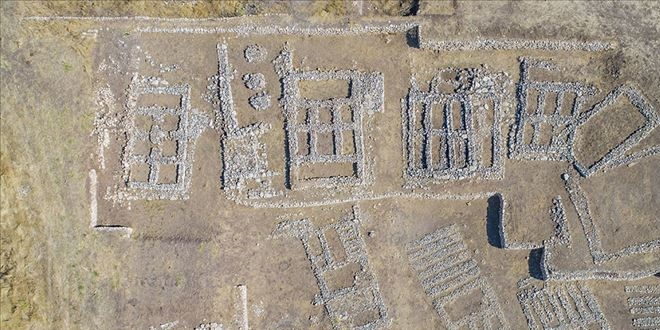
The World’s Oldest Known House Model, Dating Back 12,000 Years, Is on Display in Türkiye
A 12,000-year-old architectural model—believed to be the oldest house model ever discovered—has been unearthed at Çayönü Hill in Diyarbakır, Türkiye, and is now on public display at the Diyarbakır Museum. The Çayönü archaeological site, located in the Ergani district of southeastern Türkiye, continues to offer groundbreaking insights into the origins of settled life. Among the
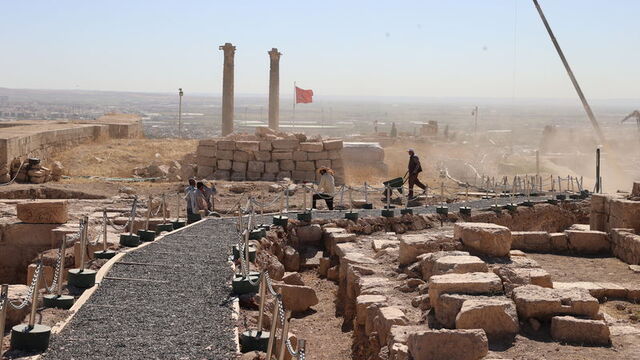
Ancient Tomb Discovered at Urfa Castle: Could It Belong to the Abgar Dynasty?
Archaeological excavations at the historic Urfa Castle in southeastern Türkiye have led to a remarkable discovery that may shed new light on the region’s ancient past. A rock-cut tomb dating back to Late Antiquity has been uncovered on Dambak Hill, just south of the iconic Balıklıgöl. Experts believe the tomb may be linked to the

2,200-Year-Old Statue Caught in Fishermen’s Net Now on Display at Marmaris Museum
A 2,200-year-old bronze statue of a woman, accidentally discovered by fishermen off the coast of Muğla’s Marmaris district in Türkiye, is now on display for the first time at the Marmaris Museum. The statue, which was found in 2020 in the Hisarönü Gulf by the crew of the fishing vessel Azimler, was caught in their
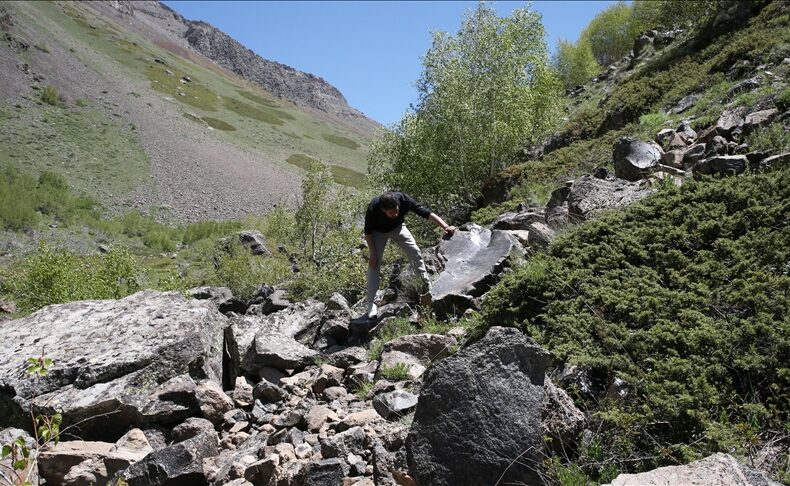
Tracing the Millennia-Long Journey of Obsidian from Bitlis to the Levant
A new archaeological project led by Bitlis Eren University (BEU) aims to uncover the ancient trade and cultural pathways that carried obsidian from the volcanic mountains of Bitlis, Türkiye, to the heart of the Middle East thousands of years ago. Obsidian, a naturally occurring volcanic glass, was a prized material in the Neolithic era, used
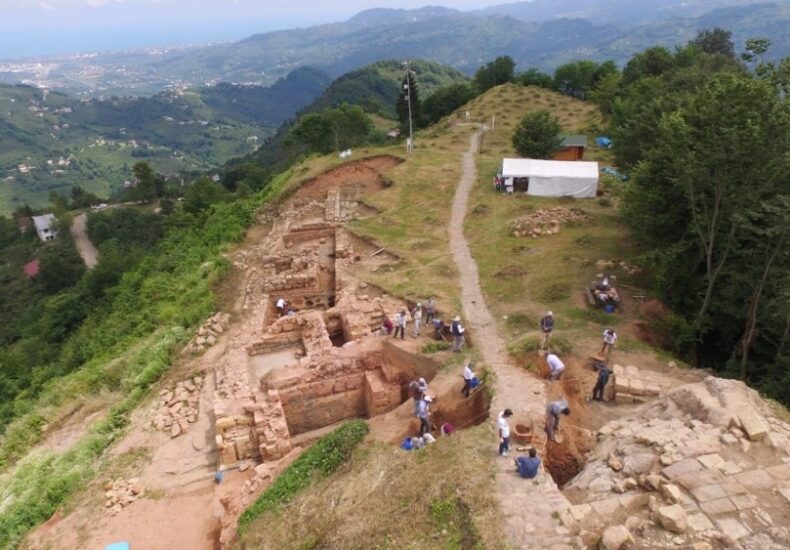
Excavations Resume at Kurul Fortress, Home to the 2,100-Year-Old Mother Goddess Cybele Statue
Kurul Fortress, perched atop the historic heights of Ordu, has earned its place in archaeological literature as the site where the remarkable 2,100-year-old Mother Goddess Cybele statue was uncovered. Now, the ongoing excavations are preparing to enter their 16th season. Recognized as one of the earliest archaeological fortress excavations in the Black Sea region, Kurul
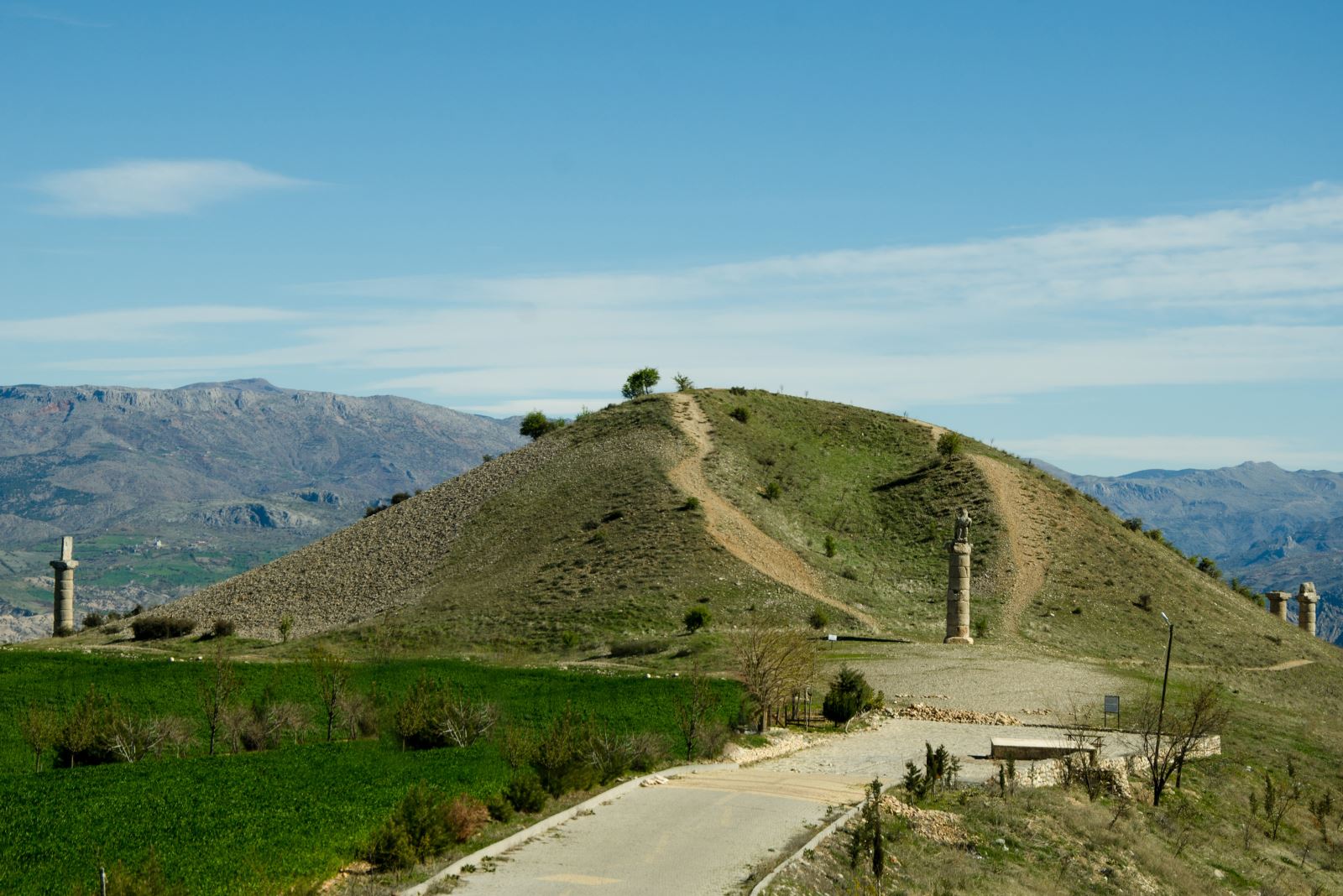
Queen’s Tombs of the Kommagene Kingdom to Be Unveiled at Karakuş Tumulus in Adıyaman
The Ministry of Culture and Tourism has announced plans to excavate the queen’s tombs at the Karakuş Tumulus, located in Adıyaman, Türkiye. These tombs are believed to belong to Isas, the wife of King Antiochos I, their daughter Antiokhis, and granddaughter Aka of the ancient Kommagene Kingdom. Following detailed georadar and geophysical surveys that identified
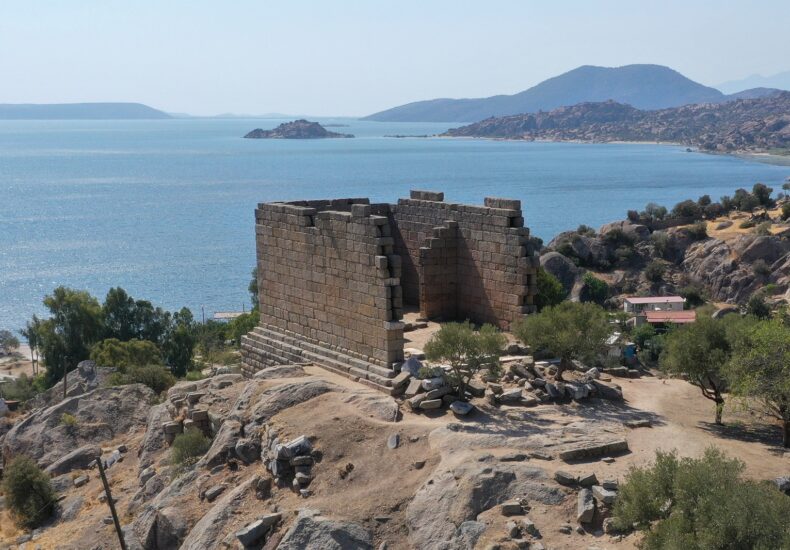
8,500 Years of Sacred Heritage: Unearthing the Mysterious Sanctuaries of Herakleia
Ancient deities, mythological tales, and sacred architecture come to light in the Latmos Mountains as archaeological excavations unveil Herakleia’s hidden past. As part of the Wednesday Talks series organized by the Association for Nature Lovers and Ecosystem Protection (EKODOSD), Prof. Dr. Zeliha Gider Büyüközer, head of the Latmos–Herakleia Excavations and faculty member at Selçuk University’s
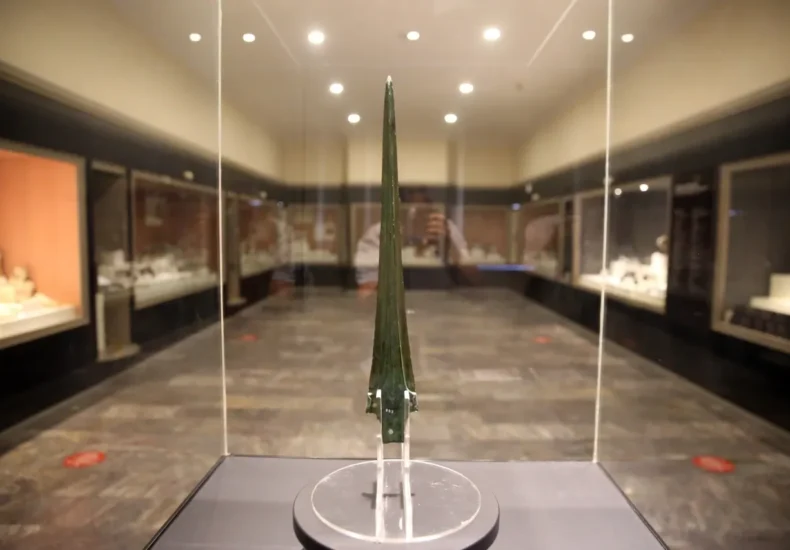
Rare 3,500-Year-Old Hittite Sword Now on Display at Kastamonu Museum in Türkiye
A rare bronze sword dating back 3,500 years to the Hittite civilization is now on public display at Kastamonu Museum in northern Türkiye. The artifact is part of a newly opened bronze exhibition titled “102 Exhibitions for the 102nd Anniversary: A Journey Through Anatolia’s Cultural Heritage in the Light of the Republic.” Measuring 42 centimeters
